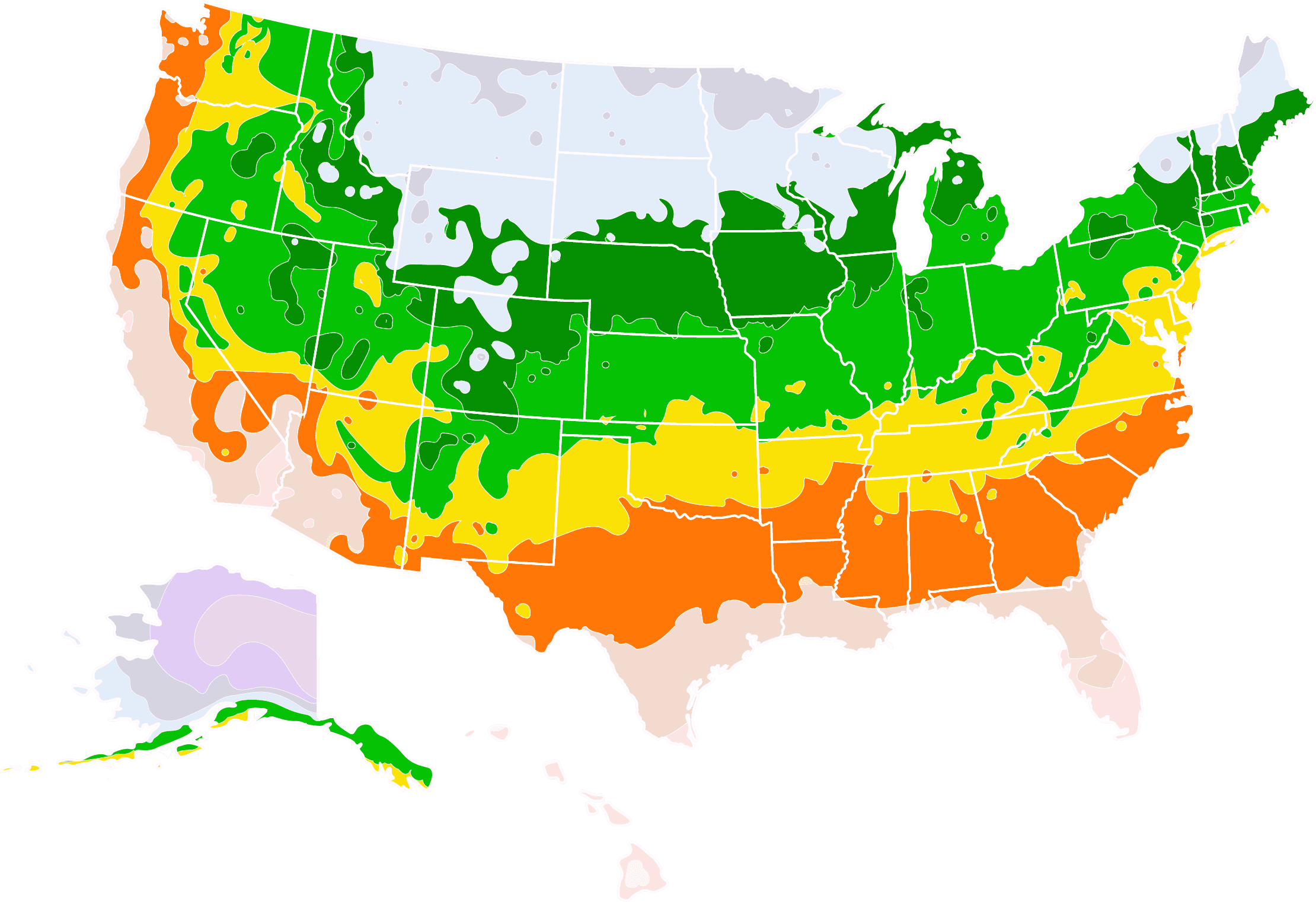- Home >
- Flowers >
- Trees and Plants with White Flowers >
- June Snow Giant Dogwood
June Snow Giant Dogwood for Sale - Buying & Growing Guide
Although not as well-known as many other popular dogwood varieties, the June Snow Giant Dogwood is not a tree that you should overlook. As the name suggests, this dogwood cultivar, known botanically as Cornus controversa ‘June Snow,’ is larger than most other dogwoods you'll find. But this tree is valuable for more than its size alone. Its flowers, leaves and fruits all offer ornamental value at different times of the year.
- The June Snow Giant Dogwood blooms with beautiful flowers in late spring.
- The leaves of this plant have a lovely fall color.
- This tree is one of the best large dogwood options.
Enter your zip code to find nearby stores that may carry this plant.
Plant Care
Sunlight

The June Snow Giant Dogwood does best in partial shade but can survive in full sun in some cases.
Watering
Water this plant about once per week throughout most of the growing season.
Fertilizing

Fertilize your June Snow Giant Dogwood once per year in spring using a balanced fertilizer.
Planting and Care
Planting instructions
Throughout most of its growing range, the June Snow Giant Dogwood does best when it grows in an area of partial sunlight that features well-draining soils. Once you find such a location, begin the planting process by digging a hole that is as deep as the root ball is tall and at least twice as wide. Place your tree in the hole and backfill the hole while watering. Finally, cover the planting area with a layer of organic mulch.
Watering and nutrients
After planting your June Snow Giant Dogwood, you should water it often enough throughout the first few months to maintain consistent soil moisture. Following the establishment period, you’ll typically need to water this plant about once per week during spring and summer in the absence of natural rainfall. You can feed this plant with a balanced, general-purpose fertilizer once per year in early to mid-spring. However, your June Snow Giant Dogwood will likely survive without annual fertilization.
Pollination
In mid to late spring, the June Snow Giant Dogwood will bloom with a set of beautiful white flowers. Those flowers will attract many types of pollinator insects to your garden. Since the June Snow Giant Dogwood has both male and female flower structures on a single plant, it is theoretically able to pollinate itself. However, many dogwoods prove to be self-incompatible, which means it’s best to plant more than one if you want to guarantee pollination.
Pruning
In many cases, your June Snow Giant Dogwood will remain healthy and develop a strong overall structure without the need for significant pruning. However, occasional pruning is beneficial, nonetheless. Your main goal when pruning should be to remove any branch that is dead, damaged, diseased or crossing another branch. It is best to perform pruning during late fall or winter, using a set of tools that are as sharp and sterile as possible. Beware that pruning outside of that time frame can cause your June Snow Giant Dogwood to Bleed sap.
Pests, diseases, and animals
One potential downside to growing the June Snow Giant Dogwood in your yard is that this plant can be vulnerable to several pests and disease issues, especially when it grows in conditions that are less than ideal. Some of the most common pests that cause infestations in this tree are leaf miners and scale insects. Along with those pest threats, this plant may also experience infections. This plant’s most prevalent disease problems are powdery mildew, leaf spots, root rot and dogwood anthracnose, among several others.
Achieving maximum results
When planting a June Snow Giant Dogwood, it is important to give it plenty of space. This tree is not only on the larger side but also has spreading, horizontal branches that can take up a lot of lateral space. These spreading branches come with the benefit of providing some much-needed shade in the summer months. You should also keep your pruning minimal for this plant in most cases. Since the June Snow Giant Dogwood sets its flower buds on old wood, over-pruning can remove a lot of this plant’s flowers before they have a chance to open.
FAQs
How does the June Snow Giant Dogwood get its name?
The common name of the June Snow Giant Dogwood describes this plant's bloom characteristics and overall size. The flowers of this cultivar arrive between May and June and are as white as snow. The June Snow Giant Dogwood is also one of the larger dogwood varieties, as it reaches an impressive mature size of about 30 to 45 feet tall in most cases.
What do the June Snow Giant Dogwood fruits look like?
Although people do not commonly grow the June Snow Giant Dogwood with the goal of harvesting its fruits, those fruits are quite valuable from an ornamental perspective. These fruits are small and berry-like and first appear during summer. When they first arrive, the fruits have a bright red color, and as the season progresses, that color changes from red to a dark purple hue.
Is the June Snow Giant Dogwood a fast-growing tree?
Overall, the June Snow Giant Dogwood increases its size at a moderate to fast rate. This plant may add as much as 24" of new growth in some seasons. This quick growth rate is the norm even if you neglect to fertilize your June Snow Giant Dogwood. As long as this plant grows where conditions are favorable, it will develop into a majestic shade tree in a relatively short time.
Compare Similar Products
You can't add more Product Name - Product size to the cart.
OK








